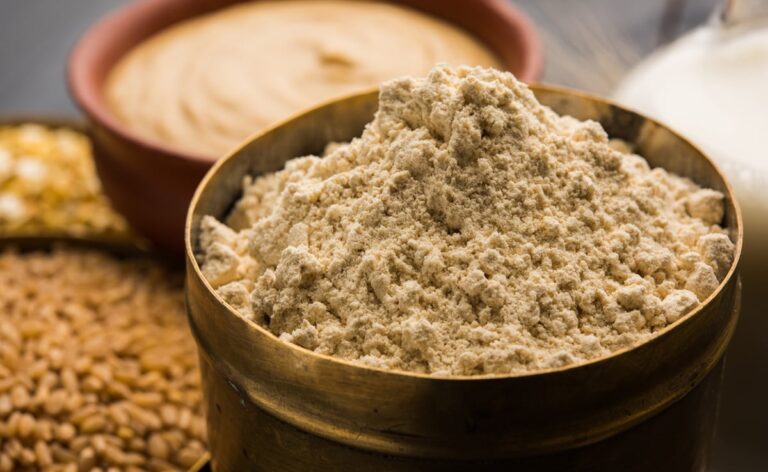
[ad_1]

Indian cuisine is a melting pot of diversity, with each state boasting its own unique dishes that are sure to tantalize our taste buds. When we turn our culinary attention to Bihar, many of us have undoubtedly relished delectable recipes like litti chokha, ghughni, and dahi chura. However, one culinary gem from Bihar that enjoys immense popularity is Sattu. Sattu is a versatile ingredient, finding its way into an array of traditional dishes, be it in the form of a sweet and tangy Sattu syrup, Paratha, or Puri. It plays a pivotal role in various traditional dishes, offering a unique taste. While you can easily purchase packaged Sattu from numerous brands in the market, the charm of homemade Sattu is unrivalled. In this article, we will guide you through the process of making Sattu powder at home and share invaluable tips for its storage.
Also Read: Sindhi Seyal Dabal: How To Turn Leftover Bread Into A Yummy Masaledar Treat
What is Sattu?
Sattu is a dry powder derived from black gram and serves as a key ingredient in a multitude of dishes. Recognized for its protein content and cooling properties, Sattu is a favoured choice for crafting refreshing sherbet during the scorching summer months. Some individuals also relish Sattu made from barley and wheat, often infused with black pepper for an added kick. In addition to sherbet, Sattu breathes life into dishes like Paratha, Puri, and chutney, delivering the authentic flavours of Bihar.
How to Make Sattu Powder at Home:
Although traditional methods and ingredients are employed to create Bihari Sattu, the unavailability of certain ingredients in urban areas often leads to the use of a mixer grinder for gram grinding. To prepare Sattu, begin by taking one kilogram of black gram and soaking them overnight. The following day, rinse the chickpeas thoroughly, repeating this process 3 to 4 times. Subsequently, spread the chickpeas out to dry under the sun for 5 to 6 hours. Once dried, roast them in a pan, and the peels can be effortlessly removed. Allow the roasted chickpeas to cool, and in the meantime, roast 3 to 4 tablespoons of cumin seeds, then set them aside to cool as well. Finally, place the roasted chickpeas and cumin seeds into a mixer grinder jar, blend them into a fine powder, and sift it through a sieve. This sifting process separates the coarse Sattu from the finer particles. Incorporating cumin enhances the flavor, and if desired, black pepper can be added for an extra zing.
Alternatively, for those seeking a quicker process, pre-roasted chickpeas available in the market can be used, with the Sattu preparation method remaining unchanged. And that concludes the Sattu-making process. Now, let’s explore essential storage tips.
Also Read: Say Hi To Baking Soda – Hero Ingredient In Your Kitchen. 5 Interesting Ways To Use It
Tips for Storing Sattu Powder:
• To maintain the freshness of Sattu, create a bundle of neem leaves and place it inside the container.
• Always store Sattu powder in a clean, moisture-free container.
• If space is limited, consider preparing smaller quantities.
• When storing Sattu in a container, include some cloves to deter insects and preserve freshness.
• Opt for a glass container for storage, avoiding the use of plastic bags.
Now that you are well-versed in the proper methods for preparing and storing Sattu, put these tips into practice and share your experiences with us in the comment section below.
[ad_2]
Source link